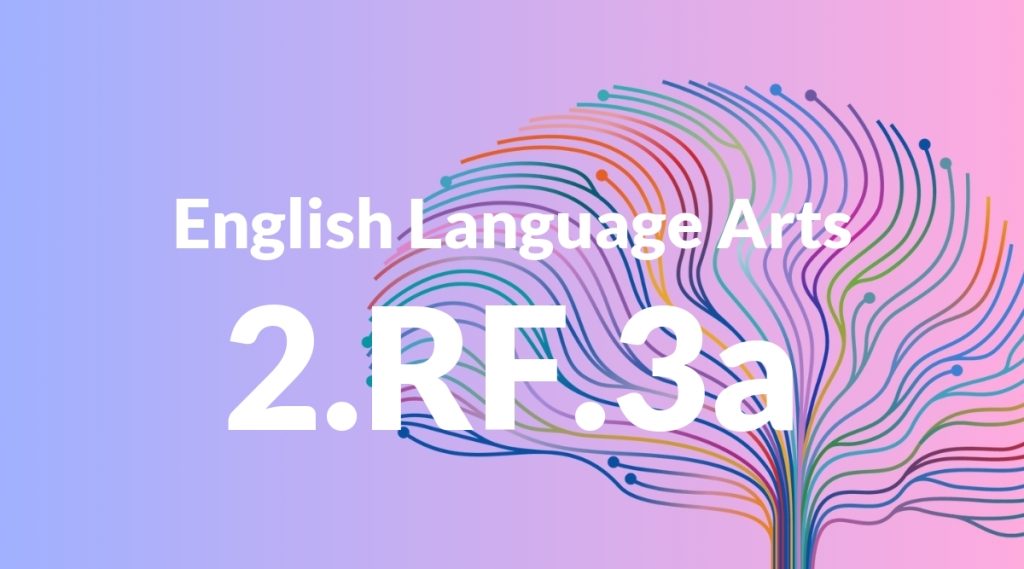Standard: 2.RF.3 – Know and apply grade-level phonics and word analysis skills in decoding words.
Grade level: Grade 2
Subject: English Language Arts
Domain: Reading: Foundational Skills
Teacher Overview
This standard focuses on helping second-grade students develop the ability to decode words using phonics and word analysis skills. It is crucial for building a strong foundation in reading, which will support students’ ability to understand and engage with more complex texts as they progress through their education. Students need to have a solid grasp of basic phonemic awareness, including the ability to recognize and produce letter sounds, as well as familiarity with simple words. This foundational knowledge is essential for them to successfully apply phonics and word analysis skills in decoding new words.
Mastering this standard will prepare students to tackle more complex texts with confidence. They will be able to decode multisyllabic words and understand more advanced word patterns, which will enhance their overall reading comprehension and writing abilities.
Common Misconception 1
A common misconception is that all words can be sounded out using phonics. This is incorrect because the English language contains many irregular words that do not follow standard phonetic rules. Understanding these exceptions is crucial for accurate reading.
Intervention 1
To address this misconception, teachers can introduce sight words and provide targeted practice with these irregular words. Using flashcards, word walls, and interactive games can help reinforce the recognition of these words.
Common Misconception 2
Another misconception is that once a word is learned, it does not need further practice. This is incorrect because repeated exposure and practice with words in various contexts are necessary to achieve fluency and automaticity in reading.
Intervention 2
Teachers can encourage repeated reading of familiar texts, incorporate word practice in different activities, and use engaging methods such as reading aloud, partner reading, and word games to reinforce learning.
Prerequisite Knowledge
Students should have a basic understanding of letter sounds and be able to recognize simple words. They should also be familiar with the alphabet and basic phonemic awareness activities such as rhyming and segmenting sounds in words.
Subsequent Knowledge
After mastering this standard, students will be able to read more complex texts with greater fluency and comprehension. They will also develop stronger writing skills and be able to decode multisyllabic words and understand more advanced word patterns.
Instructional Activities
- Phonics games and activities
- Guided reading sessions
- Word analysis worksheets
- Interactive reading apps
- Sight word flashcards
- Reading aloud and shared reading
- Writing exercises focusing on phonics rules
- Small group instruction targeting specific phonics skills




